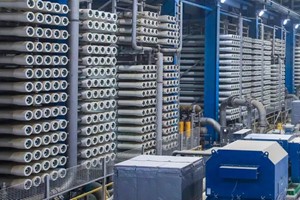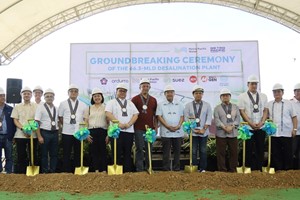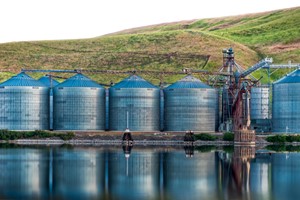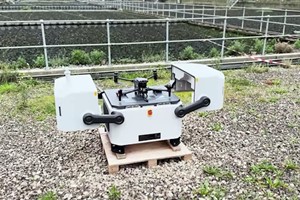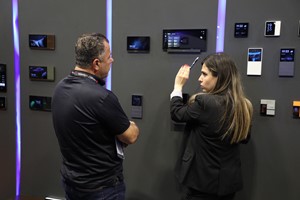Miahona Expands Infrastructure Portfolio with Major Modon Contract
Wastewater Treatment - Wastewater Plants




NX Filtration reports 38% revenue growth in 2024
HENGELO, THE NETHERLANDS – NX Filtration N.V. (Euronext Amsterdam: NXFIL), the global provider of breakthrough hollow fiber nanofiltration technology for pure and affordable water with strong sustainability benefits, today reports its consolidated financial statements for 2024. Highlights 2024 Total revenues¹ of €11.1 million, a growth of 38% from 2023 Gross margin of 61.0% (59.6% in 2023) remains strong, reflecting our solid technology position Largest order to date for the world’s largest hollow fiber nanofiltration water treatment plant in Mexico with a capacity of 17 million liters per day Successfully started-up new large-scale factory for the production of our membrane modules according to plan in H1 2024, enabling us to supply larger projects from our growing overall pipeline of
Etihad Water and Electricity Unveils Its New Corporate Identity
Suhail Al Mazrouei: The Company is on the right track to achieve its sustainability and expansion strategic objectives and fulfil the UAE leadership's vision for the sector. The event was graced by the presence of Sheikh Abdulaziz Al Nuaimi and Sheikh Dr. Majid Al Nuaimi, along with members of the Company’s Board and




Oxyle’s PFAS Solution Gets $16M Boost
Oxyle Founders Dr. Fajer Musthaq and Dr. Silvan Staufert
100th IR-63 M Machine Marks a New Era in Water Treatment Collaboration
GF Piping Systems and Gradiant have formed a strategic partnership aimed at addressing the growing demands of the microelectronics and water industries, where precision, sustainability, and innovation are crucial. The collaboration was symbolized by the handover of GF Piping Systems' 100th IR-63 M infrared welding
Acosol's Recycled Water Project for Irrigation Needs
Water management policies on the Costa del Sol focus on two key medium-term actions: raising public awareness about the importance of water conservation and promoting the use of recycled water. Acosol, the publicly-owned water company serving the western Costa del Sol, is already taking steps to implement the use of
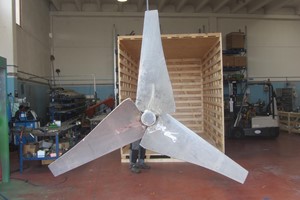
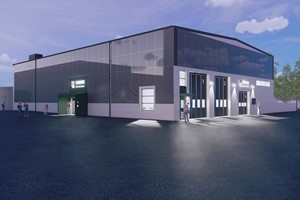
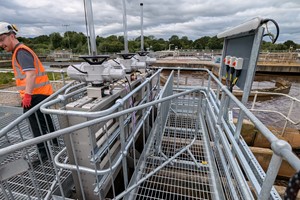
Innovation drives efficiency at Five Fords WwTW growth mitigation scheme
Engineers working on a project in North Wales have employed innovative techniques to improve wastewater treatment efficiency at a fraction of the cost of traditional methods, saving an estimated £3.5 million. Alison Miles from NIVUS, an instrumentation partner in the project, explains why the choice of flow measurement technology unlocked the enormous benefits that have been achieved. Background Owned and operated by Dŵr Cymru Welsh Water, Five Fords WwTW is a sewage works near Wrexham in north-east Wales serving over 130,000 people. The site operates three ASP (activated sludge process) lanes. As a Capital Delivery Partner and part of the Welsh Water Alliance, Mott MacDonald Bentley (MMB) was challenged to increase the treatment capacity of the ASP lanes in response to a growing
Hypersoniq Secures €1.1M in Seed Funding to Revolutionize Water Quality Monitoring
Hypersoniq, a Delft-based electrochemical sensor technology company, has successfully secured €1.1 million in a seed funding round to accelerate the development and commercialization of its advanced water quality sensors. The funding consortium includes Impact Investor VP Capital and Thematic Technology Transfer funds


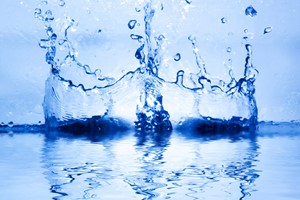

Energy as a Key Factor in the Water Equation
The United Arab Emirates (UAE) relies heavily on desalination to supply potable water, given the region’s arid climate and limited freshwater resources. Most of the drinking water across the Emirates is sourced from desalinated seawater, making desalination plants a cornerstone of the nation’s water security strategy. As climate change intensifies water scarcity worldwide, ensuring a sustainable and efficient water supply is more crucial than ever. This aligns with the United Nations’ Sustainable Development Goals, which emphasize water accessibility as a global priority. Currently, the World Resources Institute ranks the UAE as the 10th most water-stressed country out of 164 nations globally. With growing populations and increasing demand, mitigating water scarcity requires not only
New Materials Advance Solar Evaporation for Freshwater Production
Efforts to address global water scarcity have driven advancements in technologies for water conservation, re-use, and treatment. Among these, desalination of seawater is a well-established method to combat shortages, although it is known for being energy-intensive. In contrast, solar-powered evaporation offers a more
Innovative Hydrogel Enhances Seawater Evaporation for Sustainable Desalination
In a groundbreaking development, researchers from the University of South Australia (UniSA) have unveiled a revolutionary clay-based hydrogel that significantly enhances desalination efficiency, offering a promising solution to the global freshwater scarcity crisis. The innovative approach utilizes solar-powered
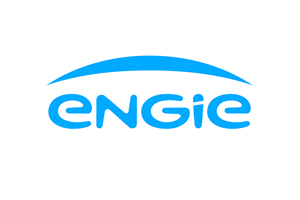
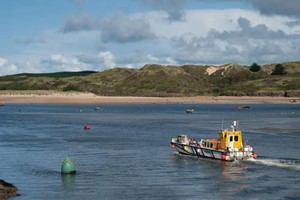

NX Filtration receives BREEAM-NL certification for sustainable growth
NX Filtration, a leading innovator in membrane filtration technology, is proud to announce that its new factory and office have officially received the prestigious BREEAM-NL certification with an 'Excellent' rating. This recognition underscores NX Filtration's dedication to sustainability and its mission to contribute positively to the environment and society.
UK Water Companies Pioneer Sustainable Phosphorus Removal Methods
A major collaborative study led by United Utilities, with partners including Southern Water, Wessex Water, the University of Portsmouth, Power & Water, Kolina, Hydro Industries, Evergreen, and knowledge-sharing partner Spring Innovation, is delivering promising results in sustainable phosphorus removal at rural




ACA Pescara’s First EIB Loan to Enhance Water Quality and Efficiency
The European Investment Bank (EIB) has approved a €30 million loan for Azienda Comprensoriale Acquedottistica S.p.A (ACA), the utility company managing integrated water services for approximately 450,000 residents in the Italian provinces of Pescara, Chieti, and Teramo. The initial €20 million tranche was signed by Milena Messori, Head of the EIB Local Office in Italy, and Giovanna Brandelli, CEO of ACA. This financing, backed by the InvestEU programme, will support ACA’s water and wastewater investment plan for 2024-2026. Other recent EIB-backed projects in Italy include funding for Iren (€200 million), Valle Umbra Servizi (€35 million), ETRA (€100 million), Acquedotto Pugliese (€270 million), Como Acqua (€50 million), Hera Group (€460 million), ACEA (€435 million), Acque (€130 million),
Mumbai’s Urgent Water Crisis Spurs BMC to Restart Desalination Project
Facing a mounting water crisis, the Brihanmumbai Municipal Corporation (BMC) has decided to relaunch its long-stalled desalination plant project in Manori village. This move comes months after scrapping the initial tender in September 2024 due to a lack of competitive bids. With Mumbai’s water demand expected to rise
Ferrovial and Rubau Begin €102M Upgrade of Catalonia’s Largest Water Treatment Plan
Ferrovial, through its water infrastructure subsidiary Cadagua, and Construcciones Rubau, via its water subsidiary Arema, have begun work on the €102 million expansion and upgrade of the Ter Drinking Water Treatment Plant (DWTP), the largest facility of its kind in Catalonia. The project, commissioned by Ens



Mobile Pumping Solutions for Water Treatment and Chemical Applications
In industries where water treatment and fluid handling are critical, mobile pumping solutions are becoming increasingly important. Lutz Pumpen is responding to this need by presenting two innovative pumps at the Pumps & Valves 2025 trade fair in Dortmund from 19 to 20 February 2025 (stand 5-L09 in hall 005): the B70H eccentric screw pump and the B3 Battery drum pump. The B70 series eccentric screw pumps are used in water treatment and chemical industries to pump a wide range of liquids, including those with varying viscosities and media containing solids. These pumps are ideal for applications involving water treatment chemicals, such as acids and bases, as well as for transferring water-based solutions in the food and beverage industries. “The B70 series pumps are characterised by a
SIMFLO Introduces Industry-Changing Remote Witness Testing Technology at New Facility
Lubbock-based SIMFLO, a leading provider of pumps for industrial, municipal, commercial, and agricultural applications, has unveiled a revolutionary addition to its new Engineered Products Facility. This facility features one of the largest and most advanced vertical turbine test setups in North America, equipped with

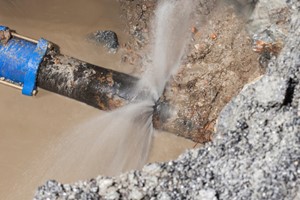
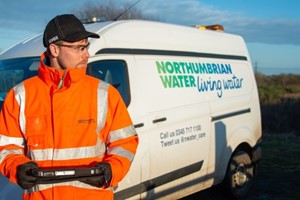
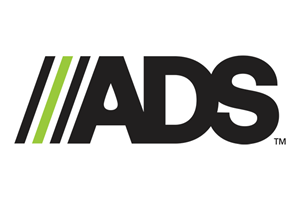
Advanced Drainage Systems (ADS) Opens $65 Million Stormwater Technology Center to Boost Water Management Innovation
Hilliard, Ohio – Advanced Drainage Systems, Inc. (ADS), one of the largest providers of water management products and drainage solutions, recently unveiled its new $65 million stormwater technology center. This state-of-the-art facility is a significant investment in the future of stormwater management, positioning ADS as a leader in sustainable infrastructure solutions for communities, agriculture, and environmental preservation. Located in Hilliard, Ohio, this new center aims to bring cutting-edge research, development, and testing capabilities to address some of the most pressing challenges in water management today. Purpose and Vision The primary purpose of the new stormwater technology center is to create more effective, sustainable, and resilient water management solutions.
Southern Water Trial Reveals Alarming Water Losses: 5.8 Mega Litres at Stake
More than 700 homeowners in Kent, Hampshire, and Sussex participated in a trial of Leakbot technology conducted by Southern Water, revealing significant insights into water loss. The trial uncovered that over 4,000 litres of water were being lost daily due to faulty pipes and appliances. If these findings were applied
$2.6 Billion Boost from Infrastructure Law Targets Lead Pipe Replacement
The White House and the Environmental Protection Agency (EPA) have announced plans to allocate $2.6 billion from President Biden's infrastructure law to replace all lead drinking water pipes in the U.S. within the next decade. This initiative is part of a newly introduced EPA regulation aimed at addressing the health
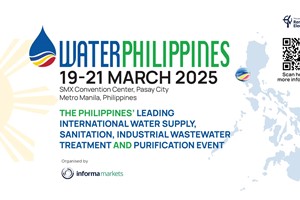


NI Water and Invest NI Host Successful Supplier Engagement Event in Belfast
NI Water and Invest Northern Ireland recently held a Supplier Engagement Event in Belfast, drawing over 350 representatives from local, national, and international businesses. Attendees connected with NI Water buyers and prominent suppliers, participating in one-on-one meetings, informative workshops, and sessions focused on innovation, social value, and artificial intelligence (AI). The event also provided ample networking opportunities and training workshops, sharing essential knowledge on procurement practices and public procurement law. Ronan Larkin, Director of Finance, Regulation & Commercial at NI Water, stated: “NI Water was delighted to partner with Invest NI and deliver an event of this magnitude. The Sustainable Water Connect event provided an excellent opportunity for companies
Nalco Water, an Ecolab company, to present keynote address and share key innovations at the 2024 International Water Conference
Calvin Emanuel, PH.D. and leader of Sustainable Growth Solutions at Ecolab, will present the conference keynote address on “Accelerating Water Stewardship for a Sustainable Future.” The company will bring several additional experts to the conference to host various speaking sessions that highlight advances in




World Water Day: Value Water and Use It Smartly
To mark this year’s World Water Day, Metito, the global leader of smart water management and alternative energy solutions, has emphasized the importance of water during times of uncertainty such as the fast evolving situation with the pandemic outbreak of COVID-19. The world is focused on finding a treatment and a vaccine for COVID-19, while helping the ones already affected as a priority. The World Health Organization, together with medical experts and local governments can’t emphasize enough the importance of healthy hygiene habits including washing hands frequently with soap and water as a proven preventative measure to contracting the coronavirus. To date, this is the most recommended preventive action. To maintain the access to safe water supply, across the world, for use in fighting
Saving Water Starts with You
For some people, water has never been a challenge in their day-to-day lives. This is mainly because they are living in communities where water is easily accessible. For them it’s simple – they turn on the tap and clean water just flows, every time, every day of the year. This makes it difficult for them to acknowledge
Water Stewardship in the 21st Century
Assaad Saadeh, the Regional Water Resources Manager at Nestlé Waters talked to waterHQ about the latest innovations in the water industry. It is a fact: water resources are already unevenly distributed across the planet, and this constitutes one of the major challenges of the 21st century. According to the United
COMING EVENTS
|
Lebanon
Project Lebanon 2025
May
06 |



